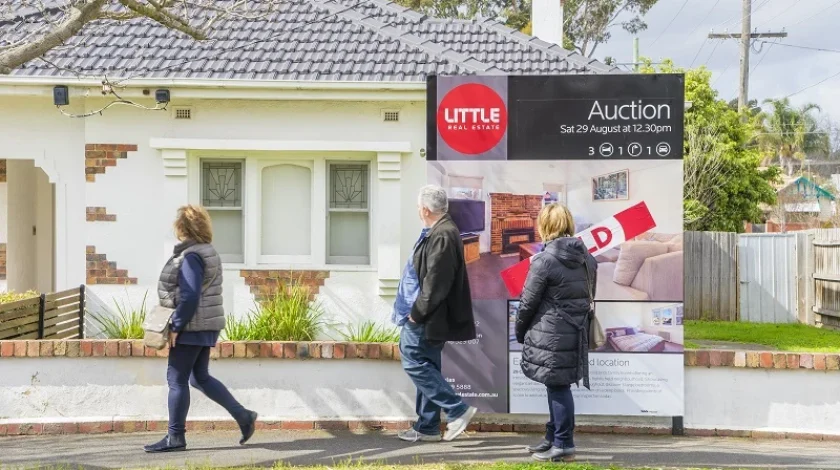Although subleasing is not the ‘usual’ form of leasing a premises, there’s a reported increase of subleases in the Sydney CBD, while in Parramatta there is expected to be an increase as some major projects are completed in the coming years. Here are some practical tips to consider if you are thinking about entering the subleasing market (as either a tenant or as the head landlord).
What is a sublease?
Subleasing can be a great strategy for a tenant to maximise its cash flow and reduce rent expenses. Simply put, it is an arrangement where a tenant allows a third party to rent all or a part of the premises that the tenant is presently renting. That said, there are often complications in the transaction, some of which we will consider below.
Check the terms of your head lease before subleasing
Firstly, it is important to check if subleasing is permitted under your head lease. Some leases expressly prohibit the tenant from subleasing however, often, the tenant is permitted to sublease, but only after first obtaining the head landlord’s consent in writing. The relevant clauses may state that the landlord may refuse to give its consent in its absolute discretion, or in certain circumstances only, or acting reasonably.
A property manager for a landlord once told me that they simply “don’t do subleasing in our centres” because this means that the landlord has less control over the subtenant.
Typically, a breach of the head lease provisions on subleasing will entitle the head landlord to terminate the lease, and the tenant may be liable to pay compensation.
It is also important to follow the procedures set out in the head lease (if any) for requesting the head landlord’s consent. E.g. your head lease may state that you must provide the landlord with such information as they reasonably require concerning the financial resources of the proposed subtenant.
Ideally, your lease will also contain a provision that should you satisfy all you are required to do, in terms of seeking the consent, and if the landlord has not refused consent within say 28 days, then the consent is deemed to have been given.
It is preferable to seek head landlord’s consent early. I have seen cases where the tenant and subtenant negotiated and executed a sublease where the head landlord was a party to the document, and only then sought the landlord’s consent/execution afterwards. As the landlord was only involved at that late point, this resulted in increased legal costs for those other parties, as the landlord required various amendments to the documents and the other parties had to re-execute the sublease.
In addition, note Part 5 of the Retail Leases Act 1994 (NSW) may override the terms of the head lease, and generally allows for greater scope of subleasing by a retail tenant.
Beware: a sublease is not a ‘get out of jail card’
A sublease typically will not mean that you as a tenant will be discharged of all your responsibilities under a lease. For example, a head landlord will typically include various conditions as a part of giving its consent, including that:
- you as the head tenant remain liable to the head landlord for the payment of rent and all monies payable under the head lease notwithstanding the provisions of the sublease; and,
- you will be liable in relation to any damage caused to the premises by the subtenant.
For this reason, it is vital to consider the usual ‘due diligence’ checks as to the reliability of a prospective subtenant.
From a landlord’s perspective, it is fair to insist that the original bargain of the head lease be upheld, and the original tenant remain ‘on the hook’.
The ‘standard clauses’
In this vein, a prudent landlord will insist on other things, including:
- the subtenant obtaining appropriate insurance for the premises;
- a clause in the sublease that, if the head lease is terminated for any reason, the sublease will also be terminated (this is to avoid a direct lease coming into effect with the subtenant, and so that the head landlord can control its choice of tenants); and,
- perhaps, a contribution from the other parties towards its legal costs and expenses (including any mortgagee consent fees).
A prudent tenant wishing to minimise delay and costs when seeking head landlord’s consent will anticipate a few of these standard landlord requirements and will include them in the draft sublease.
If you are involved in a prospective sublease as the tenant or landlord and require assistance, please do not hesitate to get in touch with a lawyer in Coleman Greig’s Commercial Property team who would be more than happy to assist you.













